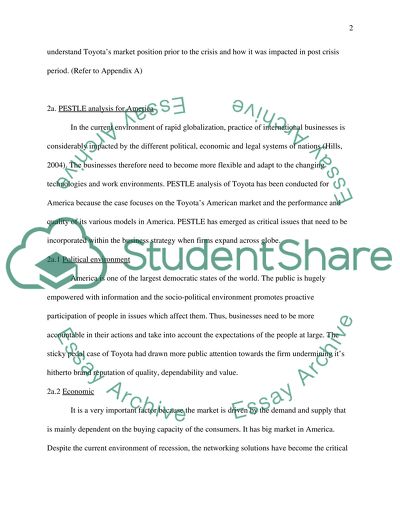Cite this document
(“Corporate Communication Strategy-Toyota case Essay”, n.d.)
Retrieved from https://studentshare.org/marketing/1479474-corporate-communication-strategy-toyota-case
Retrieved from https://studentshare.org/marketing/1479474-corporate-communication-strategy-toyota-case
(Corporate Communication Strategy-Toyota Case Essay)
https://studentshare.org/marketing/1479474-corporate-communication-strategy-toyota-case.
https://studentshare.org/marketing/1479474-corporate-communication-strategy-toyota-case.
“Corporate Communication Strategy-Toyota Case Essay”, n.d. https://studentshare.org/marketing/1479474-corporate-communication-strategy-toyota-case.


